Selecting a crown and bridge dental lab involves more than just comparing costs or turnaround times. For procurement professionals and lab sourcing teams, the right partner must offer consistency, material transparency, and streamlined communication — especially when quality and deadlines directly affect patient satisfaction and business operations.
When evaluating potential vendors, consider the following procurement-critical dimensions:
Quality Assurance: How does the lab ensure fit accuracy, aesthetic consistency, and control remakes across batches? Are they transparent about material sourcing and quality certifications?
Pricing Transparency: Beyond unit cost, understand how pricing is influenced by materials, turnaround speed, and customization complexity. Watch for hidden costs tied to remakes, rush orders, or logistics.
Delivery and Responsiveness: What turnaround times can the lab reliably meet? Are their file formats, communication channels, and customer service aligned with your workflow needs?
Technology and Capacity: Does the lab offer CAD/CAM workflows, 3D printing, or digital Rx integration that support scale, traceability, and version control?
Cross-Border Collaboration: For overseas labs like those in China, how is timezone coordination, shipping logistics, and service transparency handled across distance?
Whether you’re testing a new vendor or benchmarking existing ones, this guide helps define clear evaluation criteria and procurement-aligned judgment standards — enabling more confident, scalable lab partnerships across markets.
What defines high-quality crown & bridge dental restorations?
High‑quality crown and bridge restorations are defined by precise marginal fit, biocompatible and traceable materials, aesthetic harmony, and standardized technician workflows. These elements directly impact clinical performance, patient comfort, and long‑term outcomes. For procurement teams evaluating overseas dental labs, understanding these indicators helps distinguish short‑term savings from long‑term reliability.
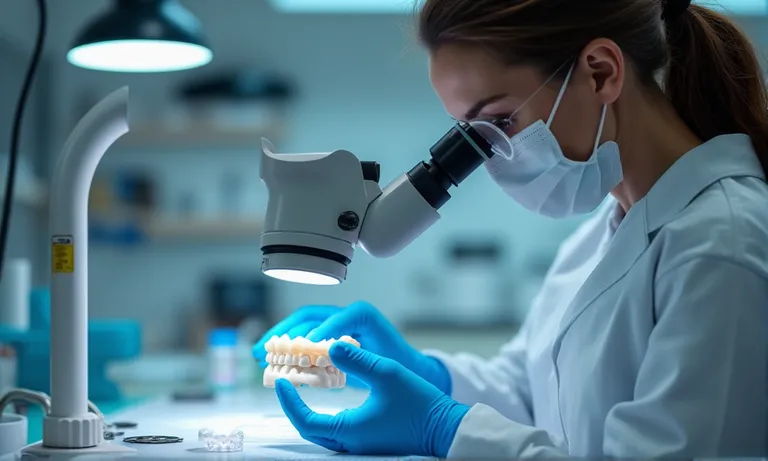
Crown-Bridge-Dental-Lab-Quality-Standards
Material selection and biocompatibility standards
Material quality forms the baseline of clinical trust. A dependable overseas dental lab uses certified materials with full traceability and proven safety records.
- ISO-certified zirconia, lithium disilicate, and PFM materials for various clinical cases
- Batch number traceability and material documentation with every case
- Compliance with FDA, CE, or regional standards based on client location
- Resistance to wear, fracture, and temperature shifts for long-term durability
Marginal accuracy and internal fit: key precision factors
Poor fit can lead to clinical failures, chairside adjustments, and patient dissatisfaction. Precision is the foundation of functional longevity.
| Fit Element | Quality Indicator |
|---|---|
| Marginal gap | ≤50μm deviation under microscopic verification |
| Internal adaptation | Even wall clearance confirmed through digital QC |
| Contact point accuracy | Digitally adjusted for tight but comfortable fit |
| Calibration protocols | Regular mill and scanner tuning for reliability |
Aesthetic matching: shade, translucency, and surface texture
Visual harmony requires more than shade tabs. Aesthetics depend on how light interacts with the restoration in daily settings.
- Layered internal coloration and shade mapping
- Region-specific shade guides to match local preferences
- Controlled surface texture for natural light diffusion
- Technician-level control of fluorescence and depth
Technician expertise and workflow standardization
Even the best materials require skilled execution. Workflow consistency ensures repeatable outcomes across all case volumes.
- SOP-driven workflows from design to finish
- Case-type allocation: anterior vs posterior technician teams
- Multistep internal QC review at wax-up, try-in, and finish stages
- Supervisor sign-off for complex esthetic or implant cases
Role of CAD/CAM and 3D printing in restoration quality
Digital infrastructure elevates both efficiency and accuracy. A strong lab integrates CAD/CAM and 3D printing into every production step.
- Intraoral or lab scanner files captured at 10μm resolution
- CAD software with anatomic libraries and margin auto-detection
- CAM milling with calibrated 5-axis dry/wet systems
- Optional 3D printed try-in models for fit and esthetics verification
Reliable crown and bridge restorations depend on five pillars: material trustworthiness, precision fit, natural aesthetics, technical skill, and digital consistency. Labs that deliver on all five earn confidence not through claims, but through every completed case.
How do dental lab pricing models vary, and what should you compare?
Dental lab pricing structures vary significantly across providers and can impact long-term collaboration outcomes. While per-unit pricing may seem straightforward, understanding the full scope of cost drivers—materials, complexity, and turnaround time—ensures procurement teams avoid misleading comparisons and make sustainable sourcing decisions.
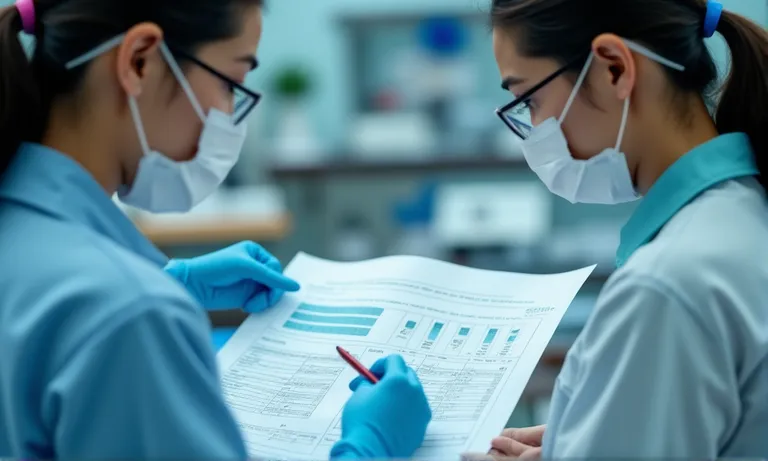
Dental-Lab-Pricing-Model-Comparison
Common pricing models: per unit, by case type, or complexity-based
Understanding the core pricing approach is critical for meaningful comparison. Most overseas dental labs use one of the following models:
- Per-unit pricing: Fixed price per crown or bridge unit. Easy to benchmark, but may overlook clinical complexity.
- Case-type pricing: Structured by category—anterior, posterior, full-arch, implant-supported, etc.—to reflect clinical variation.
- Complexity-based pricing: Customized quote based on indication, turnaround time, material, or technician demand. Offers accuracy but may lack consistency.
Key cost drivers: materials, case difficulty, turnaround time
The headline price is only part of the equation. Several underlying factors influence the actual cost of delivering a case.
- Material grade: Monolithic vs layered zirconia, or lithium disilicate vs PFM. Higher aesthetics often mean higher cost.
- Clinical complexity: Full-arch or esthetic anterior restorations require more technician time and design customization.
- Turnaround requirements: Rush delivery or weekend processing often includes premium charges.
- Additional services: Custom shade, occlusion adjustment, digital file conversion may be added separately.
Understanding low-price traps and unsustainable offers
✅ Slightly higher pricing signals long-term reliability – TRUE
Labs that invest in quality materials, digital infrastructure, and experienced technicians often reduce remake rates and improve delivery consistency, saving cost over time.
❌ Lower price always means better value – FALSE
Some labs quote minimal unit prices but apply hidden charges for shipping, remakes, materials, or support—leading to unpredictable total cost.
What turnaround time is realistic for outsourcing crown & bridge cases?
Turnaround time varies depending on restoration type, lab infrastructure, and logistics. For clinics and DSOs working with overseas dental labs, understanding the baseline lead times and what factors affect consistency is key to managing scheduling and patient expectations.
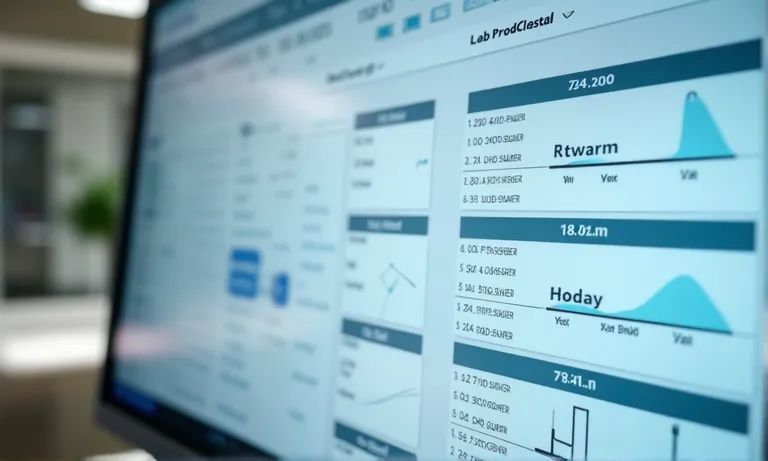
Dental-Lab-Turnaround-Time-Planning
Typical timelines for different restoration types
Each restoration type has a baseline production time, excluding shipping. Labs with optimized workflows provide predictable delivery windows for most standard cases.
- Simple zirconia crowns: 3–4 lab days
- PFM crowns: 4–5 lab days
- Bridges (3–5 units): 5–6 lab days
- Full arch or implant cases: 7–9 lab days
- Add shipping: 2–5 days depending on region and courier used
Factors affecting delivery speed: lab capacity, digital readiness
Even with defined timelines, actual delivery depends on the lab’s internal capacity and process integration. These variables directly impact consistency.
- Production volume: Labs running high case loads without scalable systems often face delays
- Digital workflow: Labs with integrated CAD/CAM can reduce design and adjustment time by 20–30%
- Material availability: Stock-out or specific layering requests can affect scheduling
- Communication latency: Timezone mismatch or unclear prescriptions can add 1–2 days in clarification
How to verify consistency of promised vs actual turnaround
Outsourced labs should offer verifiable systems and track records. Buyers can evaluate delivery reliability with structured case monitoring.
- Request delivery logs or real-case samples for different product types
- Monitor average lab days vs promised SLA across trial cases
- Evaluate whether digital Rx and STL file intake is confirmed within 12–24 hours
- Check if the lab notifies proactively about potential delays or incomplete files
- Review shipping frequency—batching twice a week vs daily dispatch affects actual patient scheduling
Reliable turnaround depends not only on quoted lead time but also on process maturity, file handling, and operational discipline. Labs with strong digital intake and proactive communication can better integrate with clinical calendars and reduce patient chair-time variability.
Should you choose a local lab or Overseas outsourcing dental lab?
Choosing between a local lab and an overseas dental lab is not about location alone—it’s about total value, reliability, and fit with your workflow. When evaluated across delivery, cost, quality, and communication, many overseas labs prove to be competitive long‑term partners, especially for crown & bridge cases.

Dental-Lab-Local-vs-Outsourcing-Decision
Delivery and turnaround considerations
Delivery is often perceived as an advantage of local labs, but it ultimately depends on process structure. Overseas dental labs with clear production timelines and fixed shipping schedules can meet or exceed expectations.
| Factor | Local Lab | Overseas Dental Lab |
|---|---|---|
| Lab days (standard crown) | 2–3 days | 3–4 days |
| Shipping time | Same-day/local courier | 3–5 days (international express) |
| Production visibility | Often manual updates | Trackable milestones (CAD/CAM) |
| Delay notification | Reactive | Proactive via digital platform |
Cost vs value: where outsourcing creates true savings
Outsourcing provides cost efficiency without sacrificing quality—if workflows are aligned and the lab supports scalability.
- Unit cost typically 30–50% lower for similar restorations
- Digital readiness enables smoother handoffs and fewer remakes
- Scales better for multi-location groups (e.g., DSO)
- Lower material markup due to factory-direct sourcing
- Enables fixed-cost budgeting with tiered pricing models
QA, remake, and consistency across borders
A common concern is whether overseas labs can maintain quality. Top-tier overseas partners offer structured QA processes and clear remake definitions.
- Remake rate <2% when digital Rx and photos are accurate
- Each case undergoes final inspection before packing
- QA checkpoints documented for traceability
- Adjustment vs remake criteria are defined in onboarding
Communication workflow and timezone alignment
Timezone difference does not mean communication breakdown. Structured workflow and dedicated support teams make alignment practical and reliable.
- Digital platforms (e.g., portal, WhatsApp, WeTransfer) bridge time lag
- Daily case review cycles ensure nothing waits more than 24h
- Assigned case manager tracks progress and flags exceptions
- Pre-upload checklists reduce back-and-forth
- Batch coordination helps with multi-case or full arch cases
When communication, QA, and logistics are embedded into workflow—not improvised—the distance becomes operationally invisible. Overseas dental labs can match or even exceed local labs in dependability.
A clear comparison of lab options reveals four decisive factors for clinic and DSO decision-makers:
- Delivery capability is more about systems than geography—well-scheduled overseas labs meet timelines reliably.
- Cost advantage is sustainable only when combined with process discipline, not just cheaper labor.
- Quality assurance and remake handling depend on clear SOPs and traceability, not physical proximity.
- Communication reliability hinges on tools and team structures—not just timezones.
When evaluated on structure, not assumptions, a qualified overseas dental lab becomes a strategic partner—not just a vendor.
What should a reliable remake and QA policy include?
A dependable remake and quality control policy ensures not only patient satisfaction but also predictable cooperation for clinics and DSOs. Top-performing overseas dental labs differentiate themselves by standardizing remake definitions, setting clear thresholds, and embedding quality control into every production stage.
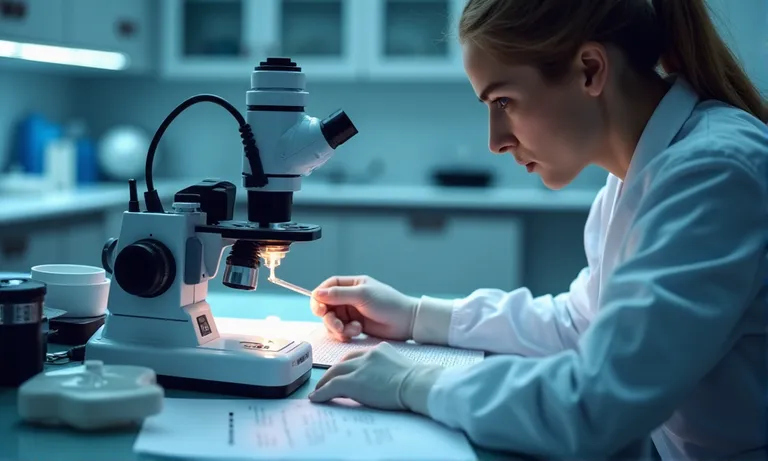
Dental-Lab-QA-Remake-Checkpoints
How top labs define remake vs adjustment
Many case issues can be avoided by aligning the definitions of “remake” and “adjustment” upfront. Reliable labs make this distinction operational and transparent:
- Remake: Required when fit, shade, or margin is unacceptable and cannot be corrected by in-clinic adjustments
- Adjustment: Minor chairside fixes (e.g., occlusal spot, interproximal contact) within acceptable tolerance
- Lab responsibility: Applies when errors originate from design, material choice, or workflow deviation
- Clinic responsibility: Applies when prescription is incomplete, inaccurate, or lacks visual documentation
- Mutual understanding: Confirmed via onboarding protocols and remake request forms
Target remake rates: what’s acceptable in the industry?
While some remake is inevitable, top overseas dental labs aim for below-industry-average performance.
| Lab Performance Tier | Average Remake Rate | Acceptable Benchmark |
|---|---|---|
| Industry Average | 4–6% | ≤ 5% |
| Raytops (verified average) | 1.8% – 2.5% | ≤ 2.5% |
| Exceptional Performance | < 1.5% | ✔️ Elite standard |
Labs that consistently achieve <3% remake rate usually implement double-check CAD review, bite verification logs, and final-stage QC signoffs.
Quality control checkpoints throughout production
QA is not a one-time inspection. At Raytops and similar factories, multiple checkpoints are embedded from intake to final packaging.
- Rx validation – Case intake team reviews files for completeness and compatibility
- CAD pre-check – Design reviewed by senior technician before CAM step
- Post-mill inspection – Margins and contacts verified before staining
- Stain & glaze QC – Aesthetic and surface texture checked under daylight
- Pre-ship signoff – Final shade, fit, and documentation confirmed before packing
How to request remake support and documentation
Fast remake turnaround starts with structured documentation and clear eligibility scope.
- Use standardized remake request forms to capture issue category
- Attach occlusal photos, model comparisons, or intraoral scans if available
- Remake window typically within 30–60 days of original shipment
- Qualified remakes shipped at no cost (excluding clinic-side errors)
- Remake analytics shared in monthly client reports for performance tracking
A professional remake process should not feel like a negotiation—it should feel like protocol.
✅ Defined remake criteria reduce disputes – TRUE
A reliable lab distinguishes between remake and adjustment based on pre-agreed criteria, minimizing miscommunication and friction.
❌ Every error qualifies for a remake – FALSE
Not all issues stem from lab-side error. Responsibility must be assessed based on Rx clarity and supporting records.
What collaboration models ensure smoother outsourcing experiences?
Seamless outsourcing depends on more than technical skill—it requires synchronized digital workflows across tools, people, and time zones. A well-structured model ensures reduced back‑and‑forth, faster turnaround, and predictable consistency for clinics, DSOs, and distributors, backed by effective collaboration between dental teams.
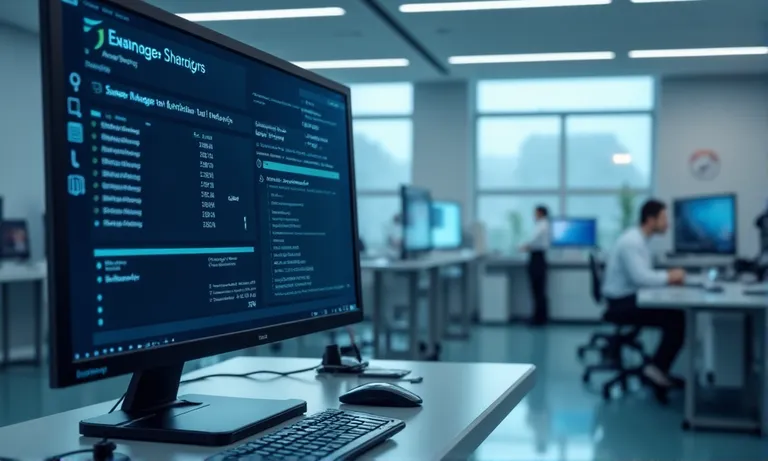
Dental-Lab-Client-Collaboration-Workflow
Digital file compatibility: STL, PLY, IOS systems
Digital file compatibility forms the technical backbone of outsourcing efficiency. At Raytops, our team handles a wide range of input file types with cross-platform alignment:
- STL / PLY support: Full compatibility with all leading intraoral scanners
- IOS formats: Accepts Medit, iTero, 3Shape TRIOS, Carestream, and others
- Cross-OS handling: Windows/macOS file preparation guidance available
- Secure file sharing: HIPAA-compliant encrypted uploads
- Rx template integration: Pre-built Rx forms improve intake precision
Clear file interpretation avoids errors before production starts.
Communication workflows: platforms, timezone coordination
Fast resolution of case details often comes down to communication—how, when, and through whom.
- Multi-channel support: Email, WhatsApp, WeChat, and dedicated portals
- Timezone mapping: Global coordination with overlapping working hours
- Response SLAs: Replies to client messages typically <12 hours
- Live case alerts: Notification-based updates at key production milestones
- File annotation tools: Screenshots, arrows, and markups to clarify clinical concerns
When both sides speak the same “logistical language,” collaboration accelerates.
Dedicated case manager support for overseas clients
Instead of generic support, top-performing overseas dental labs assign case managers who understand regional workflows and retain case history.
| Feature | Dedicated Case Manager | Generic Support |
|---|---|---|
| Contact Consistency | ✔️ Same person handles repeat cases | ❌ Varies per shift |
| Timezone Awareness | ✔️ Adjusted reply windows | ❌ Often mismatched |
| Case Context Memory | ✔️ Maintains notes and preferences | ❌ Starts from scratch |
| Escalation Handling | ✔️ Can involve technical team quickly | ❌ Slower resolution path |
At Raytops, over 85% of recurring clients are assigned long-term case managers.
How Raytops supports repeat case efficiency and record tracking
Repeat cases are where lab systems reveal true strength. Here’s how we minimize redundancy and speed up delivery:
- Case tagging – Each case is tagged with client code, restoration type, and patient ID
- 3D file versioning – Prior STL/CAD records automatically linked to new cases
- Color/shade presets – Previous matches reused to ensure visual consistency
- Digital Rx auto-fill – Prior instruction templates can be preloaded
- QC history reference – Notes on adjustments/remakes linked to design feedback
These measures save 1–2 days per case for frequent clients.
Clear collaboration models reduce both friction and cost in the long term.
Key takeaways from top-performing lab collaboration models:
- Digital file compatibility avoids production delays and misinterpretations
- Real-time communication ensures precision and accelerates resolution
- Assigned case managers reduce repetition, build familiarity, and streamline coordination
- Repeat-case workflows and tracking mechanisms save time and standardize results
What questions should you ask before choosing a dental lab partner?
Choosing the right dental lab partner starts with asking the right questions—ones that go beyond pricing to assess reliability, workflow standards, and long-term compatibility. Smart evaluations lead to fewer remakes, faster onboarding, and scalable partnerships.
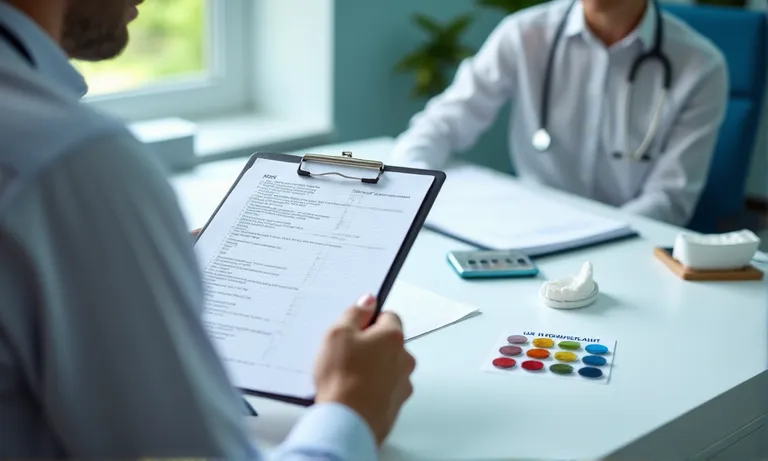
Dental-Lab-Evaluation-Checklist
Requesting sample work or trial cases
Before entering a contract, request practical proof—not just promises.
- Trial case offer: Ask if the lab supports 1–3 initial cases under real conditions
- Material samples: Review crown/bridge quality, shade, and margin accuracy
- Case report format: Evaluate how clearly case notes, photos, and revisions are tracked
- Test logistics: Observe turnaround time, packaging, and communication quality
- Feedback loop: A lab’s response to test case feedback reveals its service culture
Raytops encourages trial collaboration as a trust-building phase, not just a sales step.
Verifying documentation and workflow standards
Standardized workflows signal a lab’s ability to scale and maintain consistency. Use this checklist:
| Evaluation Point | A Reliable Overseas Dental Lab | An Unstructured Lab |
|---|---|---|
| Digital Rx & file handling | ✔️ Templates & file naming SOP | ❌ No clear intake method |
| QC checkpoints documentation | ✔️ Multi-stage visual + metric logs | ❌ Verbal-only confirmation |
| Remake protocol transparency | ✔️ Documented criteria & form | ❌ Case-by-case ambiguity |
| Revision tracking system | ✔️ Annotated photos & version logs | ❌ Missing previous notes |
| Record retention policy | ✔️ >1 year STL + report archive | ❌ No long-term record |
Raytops provides full documentation for repeatability and audit transparency.
Understanding remake rates and lab capacity
Too-good-to-be-true offers often hide high remake rates or capacity bottlenecks. Ask clearly:
- What’s your average remake rate over 6 months?
Ideal: ≤3% for crown & bridge - How do you define remakes vs adjustments?
Definitions vary—seek clarity upfront - How many units per day/week can you deliver on-time?
Helps match lab output to your clinic scale - Do you track remake causes?
Labs that track data improve over time - Can you show historical delivery data?
Transparency = trustworthiness
Labs like Raytops treat remake rate as a KPI tied to technician incentives and internal training.
Exploring long-term collaboration structures
Beyond the first case, what happens when volume grows or needs shift? Explore these dimensions:
- Dedicated case manager: Will you be assigned one person for ongoing communication?
- Account history tracking: Will preferences, shade maps, and remakes be recorded?
- Scalability: Can the lab expand output or assign priority slots during peak season?
- Discount mechanisms: Are there loyalty-based or monthly volume-based rebates?
- Quarterly check-ins: Do they offer proactive quality and feedback reviews?
At Raytops, over 70% of active clients maintain ongoing structures with renewal milestones.
✅ Asking strategic questions builds better partnerships – TRUE
By focusing on trial validation, workflow transparency, and long-term fit, buyers reduce costly misalignments and foster more consistent results.
❌ Choosing a dental lab based on price alone is sufficient – FALSE
Price without proof often leads to quality risks, unstable delivery, and communication breakdowns that cost far more in the long run.
Conclusion
Selecting a crown & bridge dental lab is a strategic decision that impacts clinical outcomes, scheduling, and long-term operational efficiency. Labs that combine material precision, transparent pricing, digital coordination, and structured remake protocols provide lasting value—not just low upfront cost.
- The foundation of effective lab partnerships lies in consistent quality, pricing transparency, and delivery alignment.
- High-performing labs demonstrate marginal accuracy, technician skill, and aesthetic craftsmanship across restorations.
- Clear pricing structures with transparent cost drivers help clinics compare fairly without falling into price traps.
- Labs should offer turnaround timelines that match actual capacity and digital readiness.
- Working with Chinese dental labs can offer savings and scalability if supported by stable QA and communication systems.
- A reliable lab provides remake and QA protocols with industry-aligned targets to maintain performance and accountability.
- Outsourcing success depends on digital compatibility and dedicated client coordination.
- Before partnering, clinics should ask trial-based, operational, and long-term planning questions that test both quality and scalability.
To explore how Raytops supports clinics and procurement teams across these dimensions, contact us for a customized trial case or onboarding discussion.
🔍 Related Topics in This Series
- How to evaluate crown & bridge quality when choosing a dental lab
- How to compare dental lab pricing models and avoid cost traps
- How to assess turnaround time reliability when outsourcing dental restorations
- Choosing Between Local Labs and Overseas Dental Lab Partners: Key Procurement Factors
- What to expect from a dental lab’s remake policy and quality assurance process
- How to streamline outsourcing workflows with a dental lab partner
- Key questions to ask before selecting a dental lab supplier


